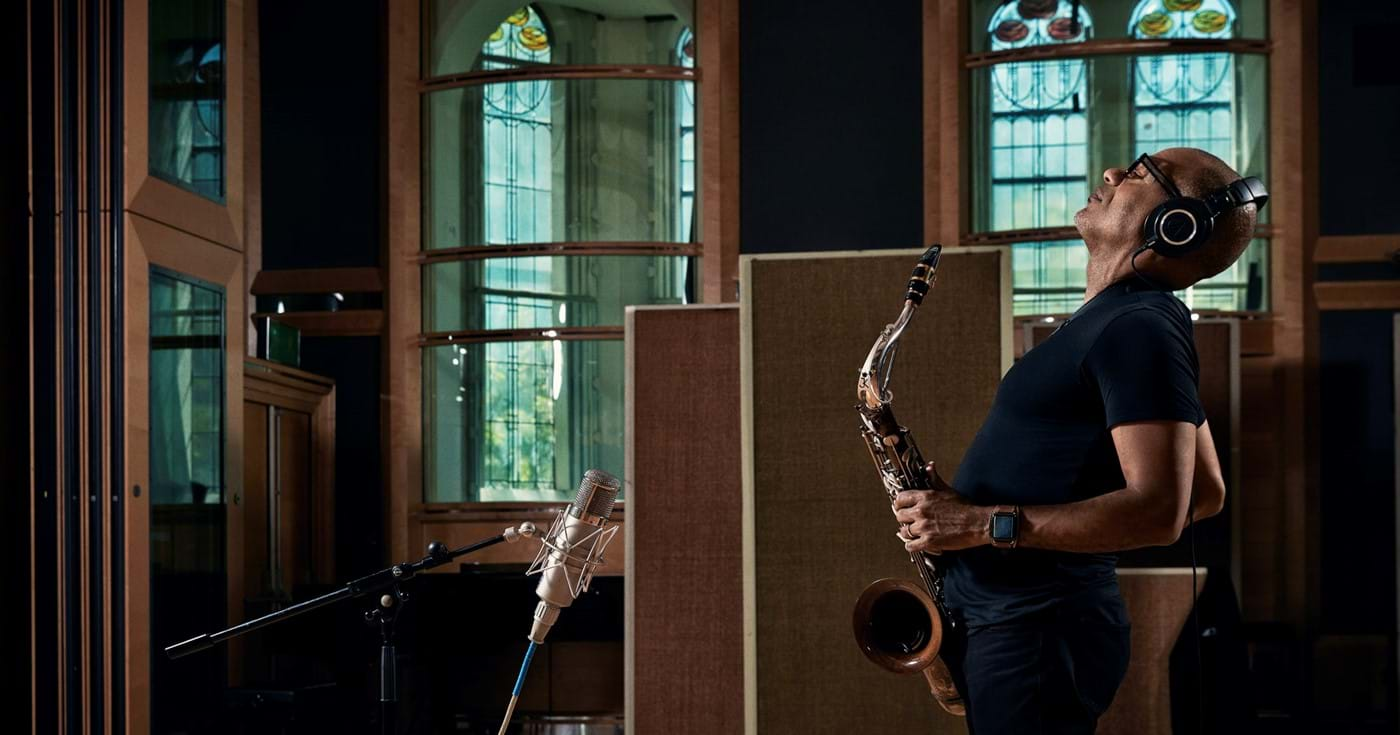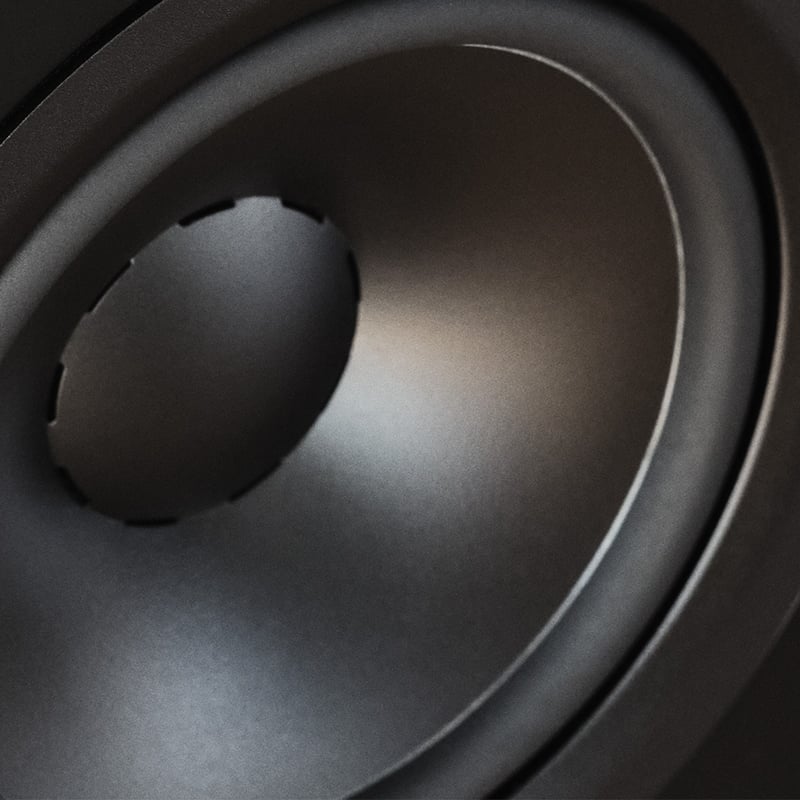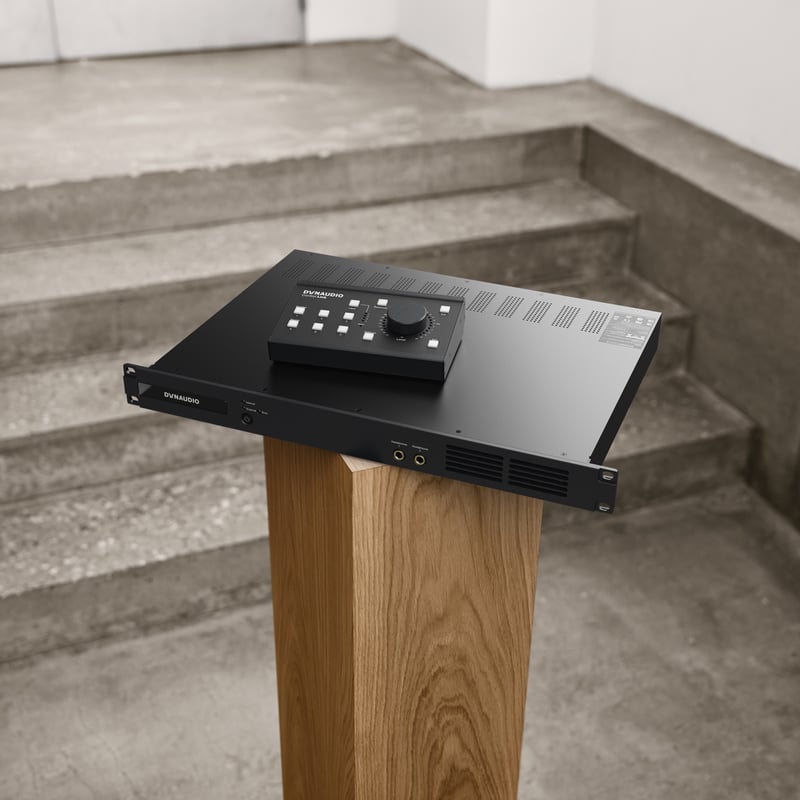If you have even a loose grasp on your rock history, then you know that Bruce Springsteen did not roar onto the scene fully-formed with the 1975 release of Born to Run. No, before he emerged as music’s foremost chronicler of the tears, triumphs and turmoil of the American blue-collar experience, he had made two albums which had merely smouldered rather than set the world ablaze. Except that’s not right either. Because the truth is that Springsteen’s path to becoming The Boss began way, way before that.
In the mid-Sixties, he was lead guitarist and, ultimately, lead singer with a local New Jersey band called The Castiles. These Jersey kids ripped through covers of The Who and Van Morrison but they were perhaps most notable for their willingness to play a gig in practically any venue that would have them. They played at sweet sixteen parties and the opening ceremonies held for local convenience stores. They played at army bases and in trailer parks. They even played a number of shows for patients at a psychiatric facility called Marlboro State Hospital. “We were always terrified at the asylum,” said Springsteen, remembering those gigs in a 1975 Newsweek interview. “One time this guy in a suit got up and introduced us for twenty minutes sayin’ we were greater than the Beatles. Then the doctors came up and took him away.”
Play it again... and again... and
Now, in the context of that time, this indiscriminate performing may have been merely seen as an inevitability. A fact of life as a fledgling band; the bottom rungs on a well-worn ladder to fame. However, now we know it to be something else. Now we recognise that what Bruce Springsteen was acquiring –beyond a certain comfort with unconventional amplification systems and, you’d wager, a healthy store of entertaining future anecdotes – was the 10,000 hours of practice needed to attain the greatness he was destined for. Just like The Beatles sharpening their skills during eight-hour sets at grimy Hamburg clubs between 1960 and 1962. Or Eminem perfecting his tongue-twisting wordplay amid the cauldron of the mid-90s battle rap scene. Or even Madonna figuring out how to, well, be Madonna up on the stage of early ’80s New York clubs like The Roxy and Danceteria. Wherever you see genre-defining talent, if you look back far enough, you see the 10,000 hours (or 10 years) required to hone it into something blazing, unique and utterly undeniable.
It was author and thinker Malcolm Gladwell who popularised the idea. His 2008 book ‘Outliers’ shone a light on a 1993 study by academic Karl Ericsson which – contrary to centuries of received wisdom about innate talent – discovered that a group of young violinists who hit a certain threshold of practice hours could sweat their way to supremacy. It is a theory which, in the years since, has become an accepted truth. It’s even the title of a song by 2018 R&B breakout star Ella Mai. But it has been challenged as well, dismissed by some as an oversimplified reading of the strange alchemic forces that all combine to create a virtuoso. So what is the truth? Can genius truly be unlocked with enough effort? And are there ways to accelerate or manufacture the hothousing that helped Springsteen, Madonna and more flourish?
“I definitely think it’s true,” says Spencer Brown, a musical educator and professional bassist who has played with superstar jazz pianist Anthony Strong and former Libertines frontman Carl Barat. “Talent is nothing on its own and it needs nurturing. I see that pattern where the people who have got very good have had some intense period in their life where they have ‘woodshedded’, as people say. I probably had a nine-month period of continuous listening and playing; constantly studying, practising and searching for answers in the records. It was like an awakening."
Brown also notes that, particularly in the genre of jazz, there is a gigging ecosystem in place that can speed up professional progress. “In the golden era of jazz in the 1950s in America, there were a lot of young guys who were very influential and pushed things forward with their technique,” notes Brown. “You think, how were they so talented at such a young age? The truth is that if they were good, they were working maybe three sets a night.” This was certainly true for jazz saxophonist Kirk Whalum, when he was emerging as a college student in Texas during the 1980s. “We had residencies so I would be at a given place for two or three months, five or sometimes six times a week,” says Whalum. “Man, it was gigs on top of gigs. I was turning stuff down! That was where I made my mistakes.”

Find your muse
However, this technique-tightening schedule was only made possible by the particular economic moment a young Whalum was lucky enough to find himself in. “The entertainment scene in Texas was thriving because the oil money was flowing into Houston,” he says. And it is these other crucial factors or pieces of good fortune that skeptics have said the 10,000 hours rule diminishes. One of the most forthright critics of Gladwell’s reading of the phenomenon was Ericsson, the man who first set this whole line of thinking in motion. Ericsson accused Gladwell of citing his “research on expert musicians as a stimulus for his provocative generalisation to a magical number” and even turned the basis of his rebuttal into a book called Peak: Secrets From the New Science of Expertise.
And if you consider it, it makes sense. Musical toil through a club residency or obsessional practice sessions in a garage may lead to a certain mastery but it will not provide you with the secret sauce that you need to get to that next, stadium-filling level. As Brown says: “I sadly know people who have put the time in and come up with a musical concept but it hasn’t translated into something fully formed.” And today, Ericsson is keen to stress that the type of practice a musician engages in is just as crucial as the hours clocked.“
The problem with ‘10,000 hours’ has been that some people think that just doing more of the same thing will make you better,” says Ericsson, a little wearily. “You need to engage in the process of gradually building your performance with practice, full concentration and the feedback and guidance of a teacher.” It is an important point. Talent needs to be shaped as well as sharpened. And there is generally a point when – even with all those early miles on the musical odometer – fledgling acts reach another critical point that helps seal their fate. Think of Springsteen uniting with The E Street Band and finding his voice. The Beatles becoming a four-piece and enlisting the services of George Martin. Eminem being introduced to Dr Dre after impressing a record company intern during a Californian rap contest.
The 10,000 – or 15,000 or 20,000 –hours are, of course, crucial. Ericsson still believes that “apart from height or body size” there is no aspect of musical performance that can’t be modified or improved through focused training. But merely putting in the hours is not enough. And it was a lesson that Whalum learned the hard way, when he was invited to play, at the age of 18, for Texan jazz legend Arnett Cobb. “I played for him at his house and he just cut me off, like, ‘OK, that’s enough’,” says Whalum, remembering. “He said, ‘You’re playing a bunch of notes, but you ain’t saying a damn thing.’” Whalum chuckles. “It was both a kick in the guts and a huge revelation. Because it was at that point that I started to actually become Kirk Whalum. And now when I get hired by big artists like Quincy Jones or Barbra Streisand, I know that I’m being hired to do the thing that he taught me to do.”
Practice helps to forge proficiency. But real greatness? Well, sadly there’s no bottled formula for that. Yet.
Sign up to get more great articles
Nothing compares to the satisfaction of knowing – for a fact – that something is as good as it gets







